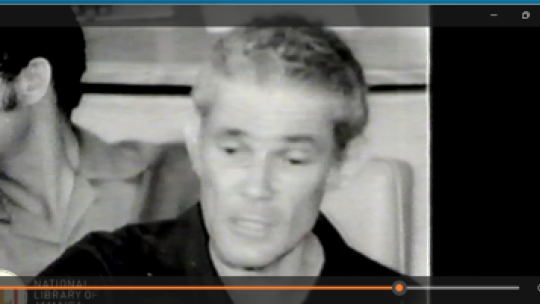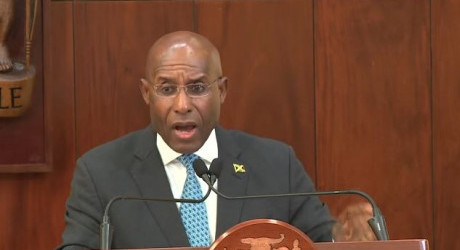.png)
Today, June 12, marks the 44th anniversary of the June flood of 1979, which devastated sections of western Jamaica, claiming more than 40 lives in the process.
The National Meteorological Service reported the day after that 10 inches of rain had fallen in the region of the flood, forcing the closure of Sangster International Airport in Montego Bay.
On the 13th the authorities reported that 32 people had been confirmed dead but by the following day that number had grown to 42.
Although the bulk of the damage and deaths occurred in western Jamaica, Prime Minister Michael Manley, addressing Parliament on the disaster, characterised it as “national in character, and is going to demand a total national response.”
He explained that the parish of Westmoreland was the hardest hit, followed by St. Elizabeth, Hanover and St. James.
During that Parliamentary address on June 13, Mr Manley said that, of the 32 people who had been confirmed dead, 26 were from Westmoreland, five from St. James, and one from Clarendon.
All those listed as missing up to that point were from Westmoreland, indicating the gravity of the human toll in that parish.
The Prime Minister told the House of Representatives that an estimated 35,000 people had been rendered “totally destitute” by the disaster, requiring “every kind of assistance”.
Another 50,000 had suffered “serious loss”, he added, their homes damaged, leaving them in need of assistance to have them repaired.
He said 75,000 had lost household items, crops and livestock.
“In other words, Mr. Speaker, it seems that a total of 160,000 have been affected,” he summarized.
Those estimates were to be revised upwards over the ensuing days as the true scale of the disaster became more apparent.






.jpg)



 All feeds
All feeds







